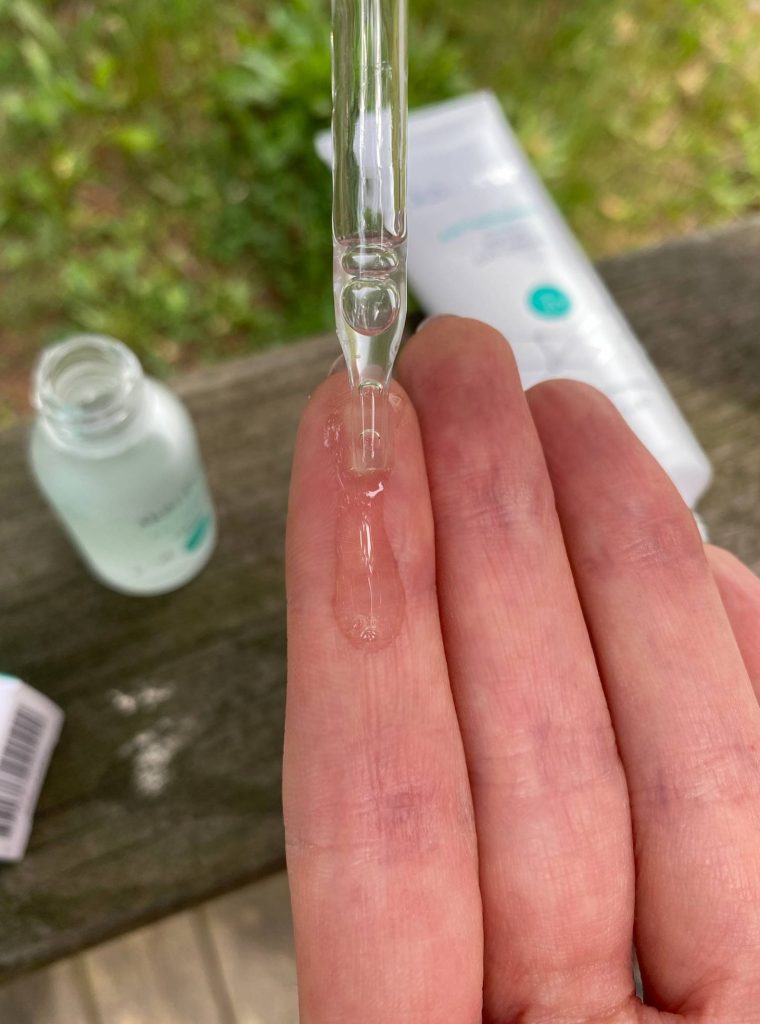You probably know hyaluronic acid plays a crucial role in hydration, but where it fits among your other active ingredients often causes confusion. Mixing products without a clear understanding can often lead to irritation or reduced effectiveness, leaving your skin frustrated, and sometimes worse than before. When you understand how to properly combine hyaluronic acid with other potent formulas, your skin can soak up all the benefits without conflict. So, let’s break down how to build a harmonious skincare routine that makes each product work harder for you.
Understanding skincare layering basics
Every skincare product has a unique texture and formulation that affects how it interacts with your skin and the products you apply afterward.
Generally, you want to apply products from thinnest to thickest consistency, allowing each layer to absorb before adding the next layer. This approach ensures active ingredients penetrate effectively without diluting or interfering with each other.
Also, consider the pH levels of your products. Some actives perform best at specific pH ranges, and applying conflicting products back-to-back can reduce their potency or cause irritation. Patience during application is key, as rushing the process often leads to uneven absorption.
Waiting for actives to absorb and dry before adding another layer is also a really good thing to do. It ensures that the product has sunk into the skin without diluting it.
Where hyaluronic acid fits in your routine
Hyaluronic acid is renowned for its ability to draw moisture into the skin and is best applied after cleansing and before heavier products.
Once your skin is clean and slightly damp, apply a few drops of hyaluronic acid serum. This ingredient acts like a moisture magnet, attracting water from the environment and deeper skin layers to plump and hydrate your complexion. Applying it too late in your routine or on dry skin reduces its effectiveness.
You can follow up with richer creams or oils that lock in the hydration hyaluronic acid delivers. This step not only boosts moisture but also prepares your skin to better tolerate stronger actives.
Layering hyaluronic acid with Vitamin C and retinol
Vitamin C and retinol are powerhouse ingredients, but you need to be thoughtful when layering with hyaluronic acid products to avoid irritation and maximize results.
Apply your Vitamin C serum first, right after cleansing, since it requires a low pH to stay stable and active. Wait a minute or two for it to absorb before adding hyaluronic acid. The hydrating serum will soothe your skin and reduce potential dryness from Vitamin C’s acidity.
If you’re looking for tips for using retinol, we recommend applying it after hyaluronic acid. The moisture barrier hyaluronic acid creates cushions your skin and lessens the dryness or peeling that retinol can sometimes cause. You should also avoid mixing retinol and Vitamin C in the same routine and alternate them on different nights instead to maintain balance.
Avoiding common layering mistakes
One of the most frequent errors is applying all products at once without giving your skin time to absorb each layer, which can lead to pilling or diminished effectiveness.
Also, resist combining incompatible ingredients, such as applying exfoliating acids with retinol simultaneously, as this can trigger redness and irritation. Pay attention to how your skin reacts and adjust your routine accordingly, however, when in doubt, introduce new products gradually to monitor their impact and allow your skin to adapt smoothly.
If you’re introducing a new active, you can also use the sandwich method, which means applying the active over moisturiser, then adding moisturiser back on top of the active, as this creates a barrier and is more gentle on the skin.



